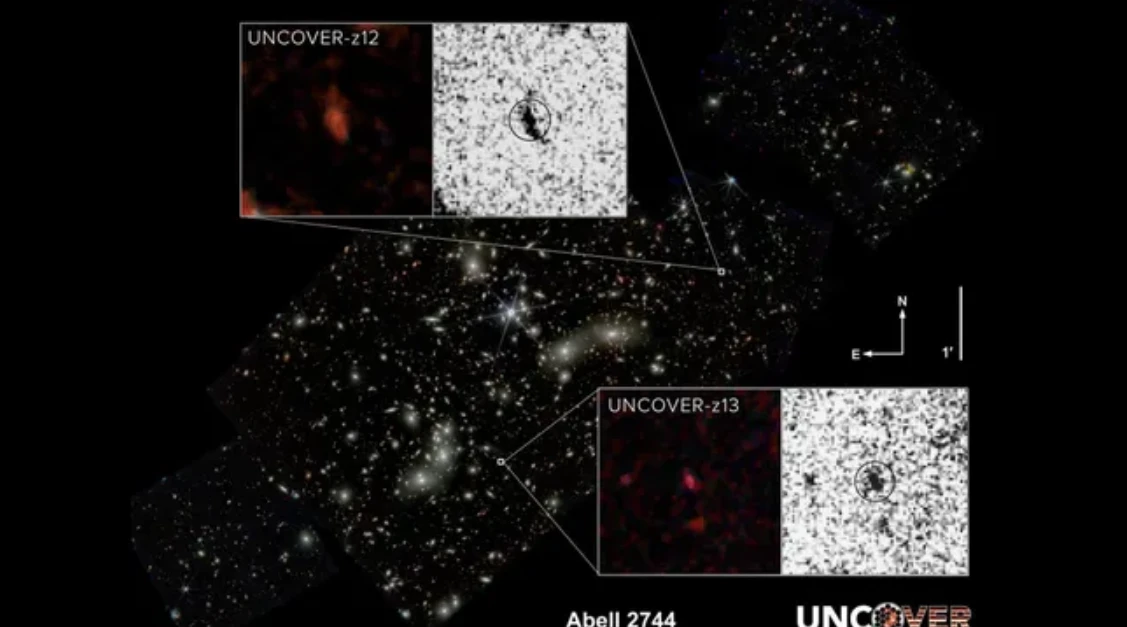
Two more distant galaxies have just been discovered and confirmed thanks to the James Webb telescope.
Astronomers have discovered two of the oldest and most distant galaxies, which appeared about 330 million years after the Big Bang event that created the universe, according to a report published in The Astrophysical Journal Letters .
UNCOVER z-13 and UNCOVER z-12, the second and fourth most distant galaxies ever discovered, are only a few tens of millions of years older than the oldest galaxy JADES-GS-z13-0 (300 million years after the Big Bang event).
Light from the trio of galaxies traveled more than 13 billion light years before reaching the James Webb telescope.
Co-author of the report, assistant professor Joel Leja of Pennsylvania State University (USA), said that thanks to the light, humans can begin to understand the physical mechanisms that governed galaxies at the dawn of the universe.
Leja and his colleagues discovered the galaxies while observing a region called Pandora's Cluster, or Abell 2744, a cluster of galaxies with a total mass equivalent to 4 trillion suns, according to NASA.
Galaxy clusters are the most massive gravitationally bound structures in the universe. However, the two galaxies that have just been discovered were not found inside the cluster, but rather behind it, thanks to a natural lensing effect called gravitational lensing.
First predicted to exist by the father of relativity Albert Einstein, gravitational lenses occur when a massive object warps the space around it, bending and magnifying light passing through.
Source link



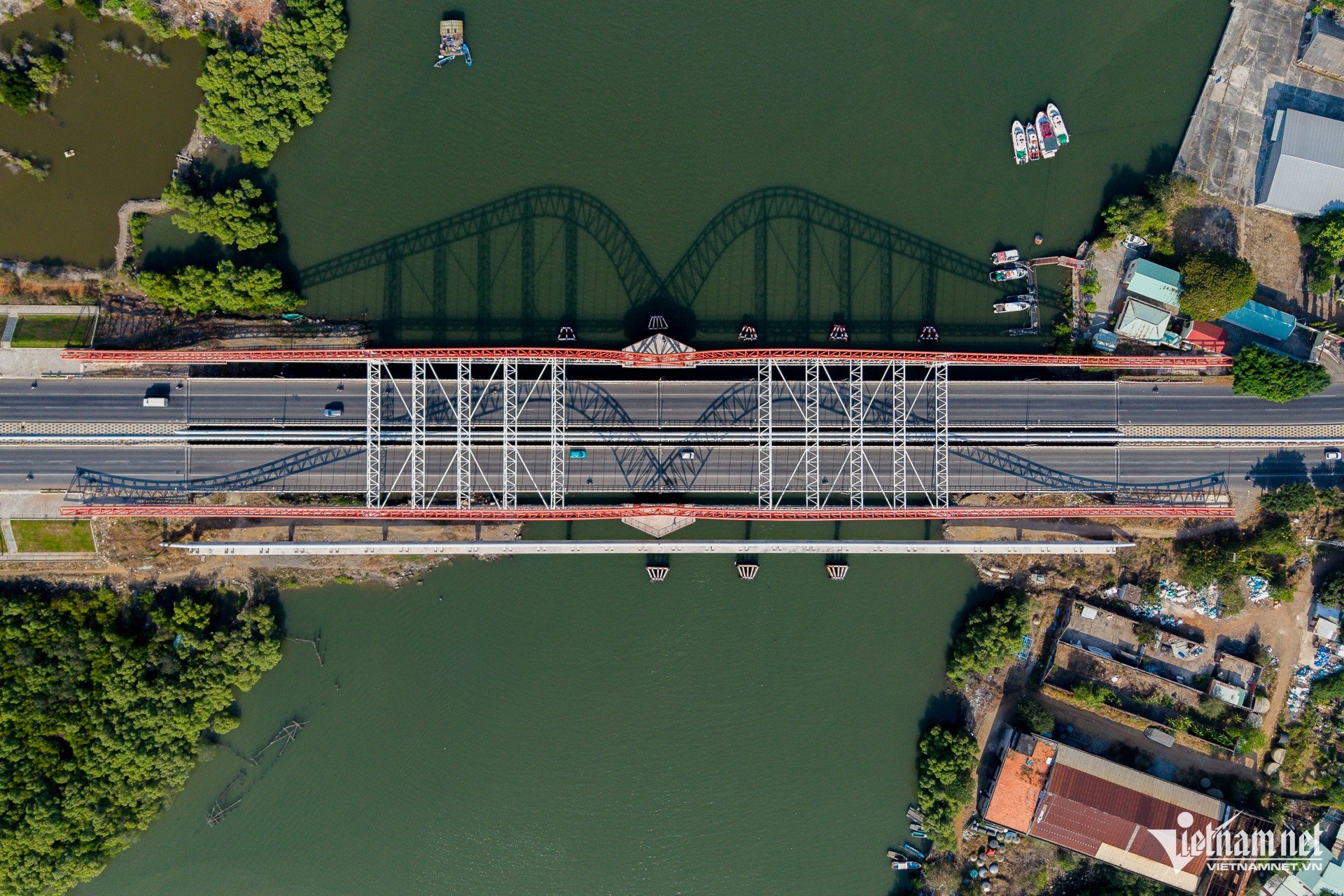

![[Photo] Ministry of Defense sees off relief forces to the airport to Myanmar for mission](https://vstatic.vietnam.vn/vietnam/resource/IMAGE/2025/3/30/245629fab9d644fd909ecd67f1749123)

![[Photo] Prime Minister Pham Minh Chinh chairs meeting to remove difficulties for projects](https://vstatic.vietnam.vn/vietnam/resource/IMAGE/2025/3/30/7d354a396d4e4699adc2ccc0d44fbd4f)
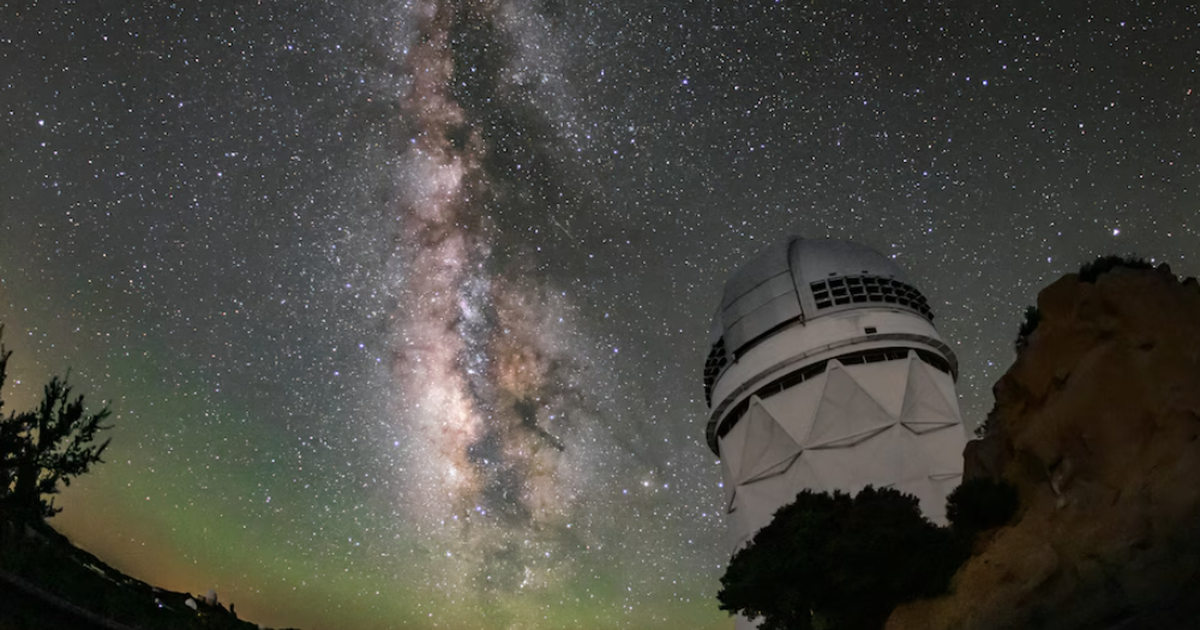
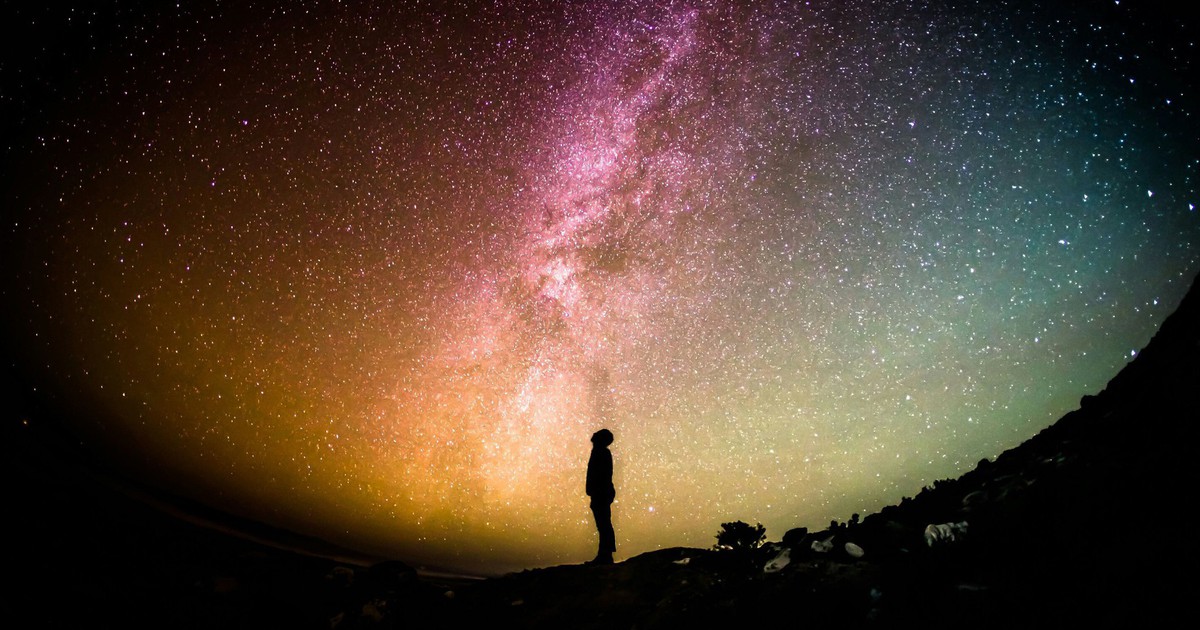
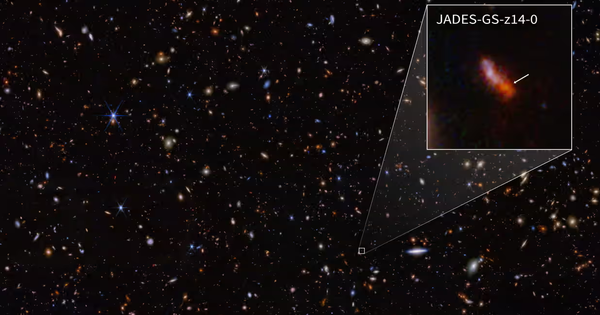
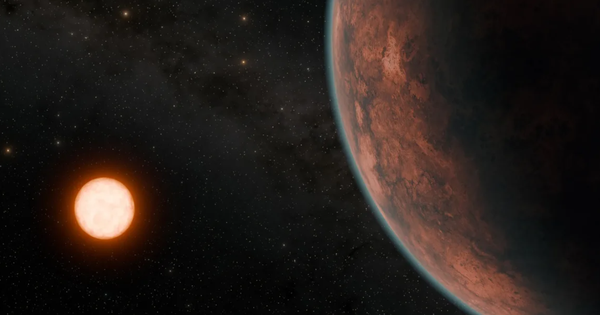
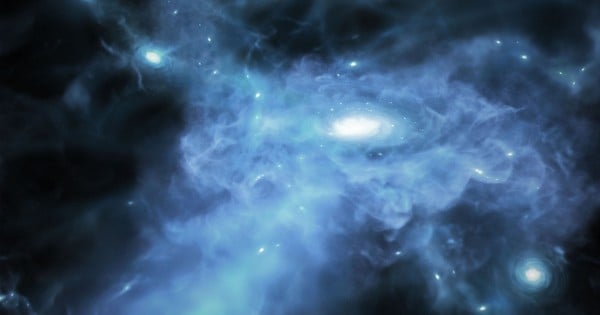
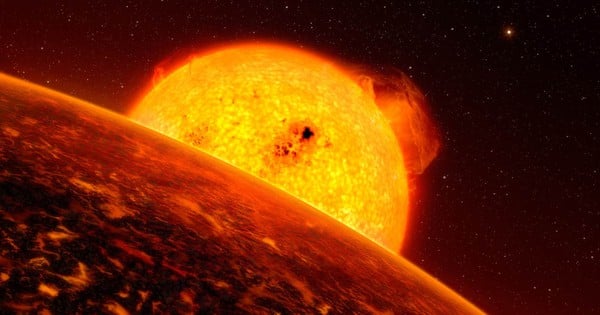


































































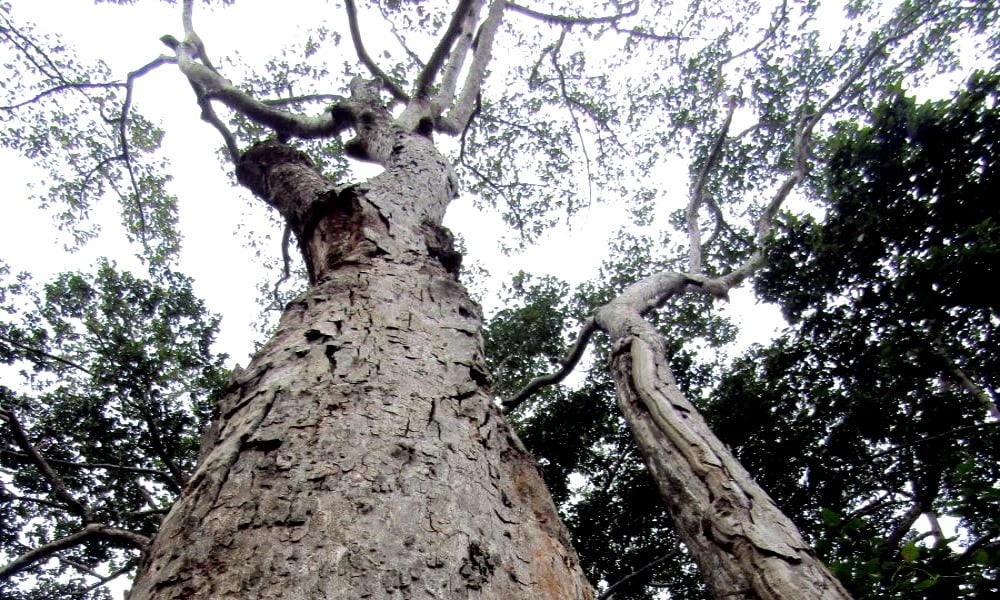












![[REVIEW OCOP] An Lanh Huong Vet Yen Cat](https://vstatic.vietnam.vn/vietnam/resource/IMAGE/2025/3/27/c25032328e9a47be9991d5be7c0cad8c)



Comment (0)